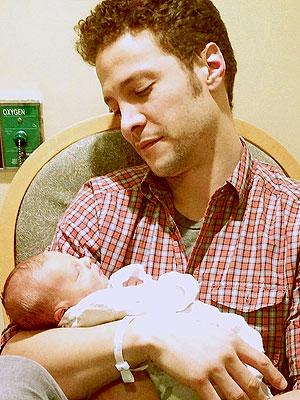Nearly two-thirds of American voters believe that human population growth is driving other animal species to extinction and that if the situation gets worse, society has a "moral responsibility to address the problem," according to new national public opinion poll.
A slightly lower percentage of those polled — 59% — believes that population growth is an important environmental issue and 54% believe that stabilizing the population will help protect the environment.
The survey was conducted on behalf of the nonprofit Center for Biological Diversity, which unlike other environmental groups has targeted population growth as part of its campaign to save wildlife species from extinction.
The center has handed out more than half a million condoms at music concerts, farmers markets, churches and college campuses with labels featuring drawings of endangered species and playful, even humorous, messages such as, "Wrap with care, save the polar bear."
The organization hired a polling firm to show other environmental groups that their fears about alienating the public by bringing up population matters are overblown, said Kieran Suckling, the center's executive director. When the center broke the near-silence on population growth with its condom campaign, other environmental leaders "reacted with a mix of worry and horror that we were going to experience a huge backlash and drag them into it," he said.
Instead, Suckling said the campaign has swelled its membership — now about 500,000 — and donations and energized 5,000 volunteers who pass out prophylactics. He said a common response is, "Thank God, someone is talking about this critical issue."
The poll results, he said, show such views are mainstream.
In the survey, the pollsters explained that the world population hit 7 billion last year and is projected to reach 10 billion by the end of the century. Given those facts, 50% of people reached by telephone said they think the world population is growing too fast, while 38% said population growth was on the right pace and 4% thought it was growing too slowly. About 8% were not sure.
Sixty-one percent of respondents expressed concerned about disappearing wildlife. Depending how the question was phrased, 57% to 64% of respondents said population growth was having an adverse effect. If widespread wildlife extinctions were unavoidable without slowing human population growth, 60% agreed that society has a moral responsibility to address the problem.
Respondents didn't make as clear a connection between population and climate change, reflecting the decades-old debate over population growth versus consumption. Although 57% of respondents agreed that population growth is making climate change worse, only 46% said they think having more people will make it harder to solve, and 34% said the number of people will make no difference.
Asked about natural resources, 48% said they think the average American consumes too much. The view split sharply along party lines, with 62% of Democrats saying the average American consumes too much, compared with 29% of Republicans. Independents fell in the middle at 49%.
The survey of 657 registered voters was conducted Feb. 22-24 by Public Policy Polling, a Raleigh, N.C., firm that takes the pulse of voters for Democratic candidates and Democratic-leaning clients. It has a margin of error of 3.9%.
ken.weiss@latimes.com











